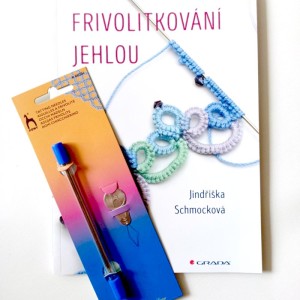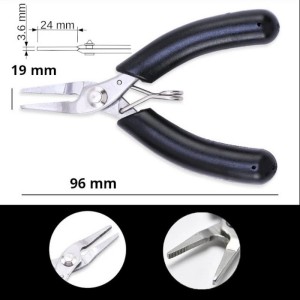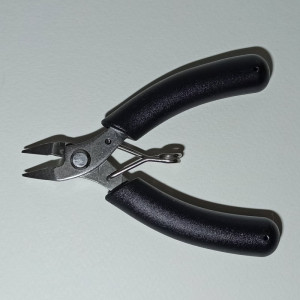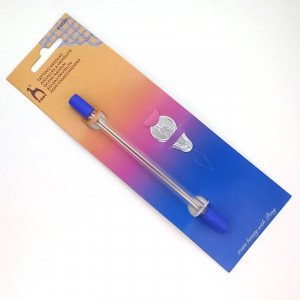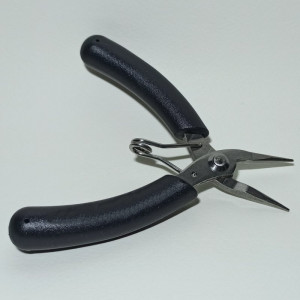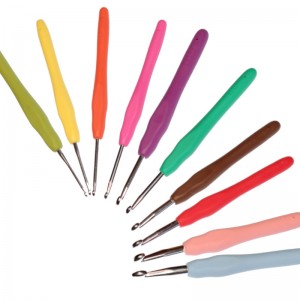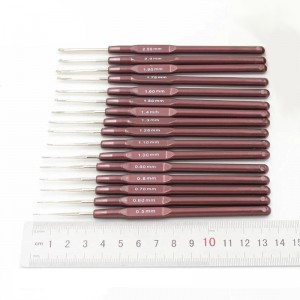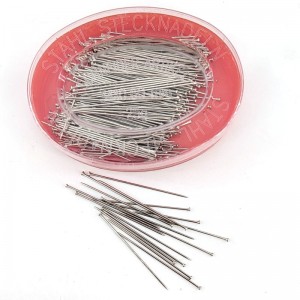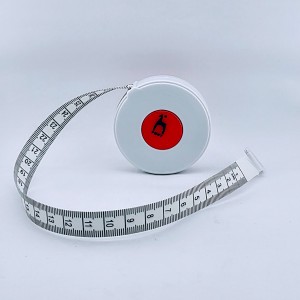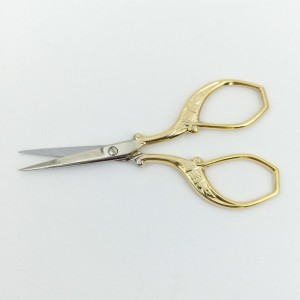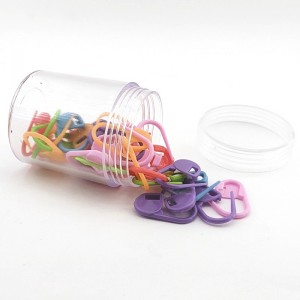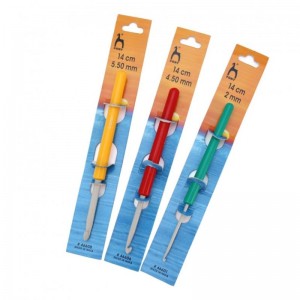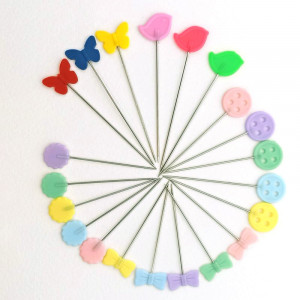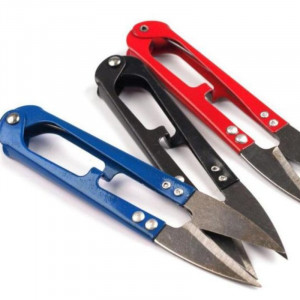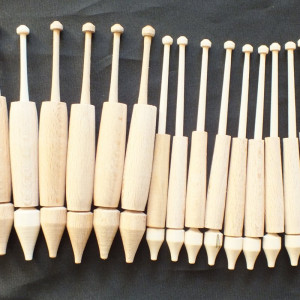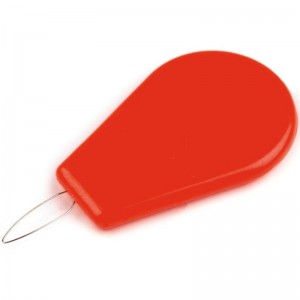Tools and supplies
Creative supplies and tools are essential for anyone who wants to pursue creative pursuits such as jewelry making, crocheting, knitting, needlework, and more. There are many different kinds of creative supplies and tools you can use, and the choice depends on the specific activity you want to do.
You will find many of them on these pages. We are certainly trying to continue to expand the assortment. We always include products and materials that we have tried and tested, that we ourselves know well and that we use ourselves. However, this places very high demands on us.
If you want to engage in creative activities, it is important to have a basic set of creative supplies and tools. With this basic set, you can start creating your own unique and beautiful products.
Subcategories
-
Hooks
- A hook is a tool that is used for crocheting, bobbing and frilling. Simply put, it is a thin, mostly bent metal rod with a hook at one end. The hook serves to capture the thread or yarn and thread it through the eyelet.
Crochet
- In crochet, the hook is used to create rows of stitches that are joined together to form a knit. Hooks come in a variety of sizes that differ in hook diameter. The bigger the hook, the bigger the stitch and the looser the knit.
Sticking
- When knitting, the hook is used as an aid in threading the threads through the eyelets. Hooks come in a variety of sizes that differ in hook diameter and hook length.
Frivolity
- When frivoliting, the hook is used in a similar way to lace, only as an aid when threading threads or yarn through the eyelets
Hook as a tool
- The hook can also be used as an aid in other techniques, such as knitting, sewing or embroidery. A hook is a versatile tool that can be used for a variety of purposes. It is a valuable tool for anyone working with thread or yarn.
-
Scissors
- Scissors are an essential tool used in a variety of handicrafts, including crochet, knitting, needlework, macramé, sewing and other handicraft techniques. Scissors have a blade that allows you to cut a variety of materials, including fabric, thread, yarn, paper, and many others.
- Scissors are a useful tool in the home for many activities and especially for handicrafts, including jewelry making, curtains, decorations, textile art and many other projects.
- Craft scissors can come in a variety of shapes and sizes to suit the specific needs of a given project.
It is important to have sharp and suitable scissors to make the job easier and to achieve clean cuts without tearing the material.
-
Pins
Pins are small, thin and unobtrusive tools used in tailoring, arranging, in the office and in the creation of baton lace. There are many different types of pins that vary in size, length and head design. Care must be taken when using pins to avoid injury, especially to small children. Overall, it can be said that pins are an irreplaceable aid in sewing and needlework.
-
Needles
Sewing needles are an essential tool in any sewing kit. It is used to pierce fabrics and join fabrics during hand sewing. There are many types of needles, such as general purpose needles, needles for light or heavy fabrics, knitting needles, embroidery needles and other specialized needles. Each type of needle has specific properties, adapted to a specific purpose. When choosing the right needle, it is important to consider the thickness of the fabric and the type of sewing. Hand sewing needles are indispensable for small repairs, embroidery and plastering. Choose from a variety of embroidery hand needles to add a personal touch to your projects. Also have a needle threader to make threading the needles easier.
-
Pliers
Pliers are an essential tool for the production of bijouterie and jewellery. There are countless types and styles of pliers, each with specific uses and functions. Here is an overview of some of the pliers used in jewelry making:
- Chain Nose Pliers
- Round Nose Pliers
- Flat Nose Pliers
- Wire Cutters
- Bent Nose Pliers
- Crimping Pliers
- Flat Nose Pliers
- Silver Smith Pliers Looping Pliers
When choosing jewelry making pliers, it is important to consider the specific needs of your project. Having the right pliers for the job will make the job easier and help you achieve professional results.
-
Chopsticks
A mallet is a special tool used in making mallet lace. Bobbin lace is a traditional hand-weaving technique in which thread, or cord, is folded, crossed, and threaded by hand to create a pattern or decorative texture. Simply put, a mallet is a thin, long stick on which thread is wound. The mallets have evolved over time, and the mallet itself has also adapted to different techniques of lace lace. In drumming, two drumsticks are connected by a thread and this is the basic drumstick for drumming. More of these pairs of mallets are used to create a mallet lace. For some complex laces, there are even hundreds of pairs.
However, the basis of lace is not as complicated as it seems at first glance.
-
Adhesives
Adhesives for jewelers are a special category of adhesives that have been developed with regard to the needs and demands associated with the production of jewelry and bijouterie. These adhesives are designed to be strong, durable and at the same time suitable for working with small and fragile parts. Here is some key information about adhesives for jewelers:
- Types of Adhesives: There are several types of adhesives suitable for jewelry work. These include cyanoacrylate-based adhesives (CA adhesives), epoxy adhesives, glass and metal adhesives, as well as specialty jewelry adhesives that are designed for the specific materials being worked with (such as precious metal adhesives).
- Drying speed:
- Transparency: A jeweler's glue should be as transparent as possible so as not to disturb the appearance of the stones and materials.
- Careful Application: Most jewelry projects require precise and small amounts of glue.
- Durability: Jewelry can be exposed to various conditions and stresses, so it is important that the adhesive is resistant to water, heat, chemicals and general adverse effects.
- Flexibility and Strength: Some jewelry projects require the adhesive to be flexible to resist movement and stress, such as rings. At the same time, however, it should be strong enough to hold the connections reliably together.
- Cleaning: Some jewelry adhesives can be cleaned if there is excess glue on the surface of the jewelry without damaging the material.
Thus, jewelry adhesives are an important tool for those who create jewelry and costume jewelry. The right adhesive can ensure that your jewelry is strong, durable and aesthetically appealing.
-
Other


